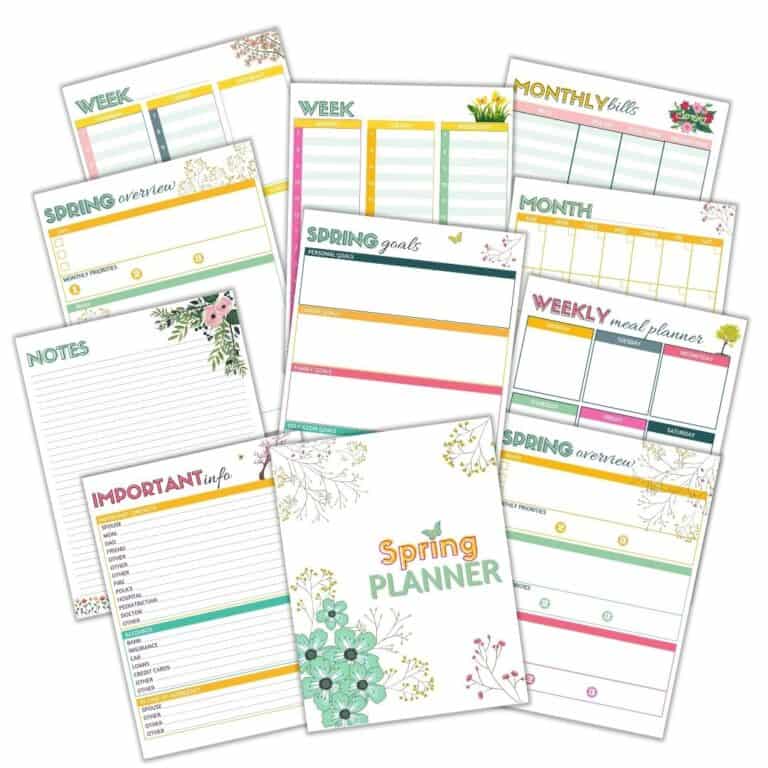What Are The 3 Steps For Better Time Management
This post may contain affiliate links which might earn us money. Please read my Disclosure and Privacy policies hereAre you finding yourself stretched too thin, unable to keep up with everything in your life? Are you feeling overwhelmed and constantly behind on tasks? If so, you're not alone. According to Timewatch.com, 1 in 8 people (12%) use a dedicated time management system.
Many of us struggle with time management—the art of balancing our day-to-day commitments and finding time for what matters most. But it doesn't have to be overwhelming or seem impossible.

There are a few simple steps we can take to effectively manage our time and get back on track to living life in balance. First, we'll look at the three key steps of successful time management: set priorities, get organized, and use technology strategically – giving you the tools you need to prioritize quickly and efficiently while ensuring that nothing is ever forgotten or overlooked again!
Set Priorities:
Before effectively managing your time, clarifying what matters most is essential.
- First, list your top priorities—these things need to be given the most attention and energy.
- Next, consider adding categories such as professional goals, personal growth, relationships, health, leisure, finances, and home.
- Once you have your list, prioritize which items are most important to you in the short and long term.
If you have never set priorities before, you may find it helpful to ask yourself questions such as: What is the highest and best use of my time right now? Am I spending time on activities aligned with my values and goals?
Once you've set your priorities, you'll be better prepared to make decisions that will help you stay focused and on track.
How do you set your priorities? First, remember that your priorities are yours and you should be prepared to adjust them as your life and goals change.
Many struggles with setting priorities, but it's a crucial step to managing your time effectively. It's recommended to review your priorities regularly and adjust them when needed.
Get Organized:
The next step of successful time management is getting organized. First, create a daily schedule that works for you – this could be as simple as making a “to-do” list or investing in digital tools that help you track and prioritize tasks.
Additionally, establish a system to store important information and documents, such as for your work or home life. This will save time by helping you stay up to date with all of your commitments.
Best tips to help you get organized :
- Create a plan of action for your personal and professional goals
- Break down large tasks into smaller, more manageable pieces
- Schedule time for yourself each day to relax and recharge
- Set boundaries and stick to them
- Be realistic with your time management goals, and don't be afraid to ask for help when needed.
Once you have created a plan and set boundaries that work for you:
- Create a daily schedule that works for you.
- Invest in digital tools to track & prioritize tasks.
- Establish a system to store important documents.
- Break down big tasks into smaller, more manageable ones.
- Set reminders for yourself to stay on track.
- Delegate tasks if you can. Give tasks to your family members, friends or colleagues.
- Be flexible and aware of the changes in your priorities.
Use Technology Strategically:
Finally, take advantage of the many tools available to make your life easier. For example, set up alarms and notifications on your phone or computer to remind you of important tasks.
You could also invest in a virtual assistant or scheduling app that automates mundane, everyday tasks – freeing up more time for yourself.
When it comes to using technology, remember to use it strategically. For example, turn off notifications that are not important and schedule specific times for checking emails or messages. This way, you can stay focused on your priorities and control your time.
No matter how tech-savvy or not you are, there is a solution for everyone. The key is finding the right tools that work for you and your lifestyle to stay organized and productive and accomplish your goals.
What are the downsides of technology to be aware of when using it as a time management tool?
The main downside of using technology for managing time is the potential for distraction. Notifications, emails, and messages can easily pull our attention away from our priorities, and it can be challenging to stay focused when we are constantly bombarded with notifications.
Additionally, relying on too many digital tools can make us dependent on technology, making it harder to disconnect and take a break from our digital lives.
It is important to stay mindful of our digital usage and be aware of how much time we spend on digital devices. Limiting the use of technology when it comes to managing our time is critical.
If technology is not your thing, other methods can help you stay on track with your time, such as simple paper to-do lists or planner books.
With the right tools and strategies, anyone can manage their time effectively. Start by setting priorities, getting organized, and using technology strategically – and you will be well on your way to success.







One thing you said that really hit home for me was playing addicting games. I used to be so addicted to Candy Crush! Thankfully I haven’t played it at all this year because I kind of cringe to think about how much time I wasted playing that game. Especially because, like you, spending time with family is also a significant priority for me. I’ve definitely gotten better at time management, but there is always room for improvement so thank you for this!